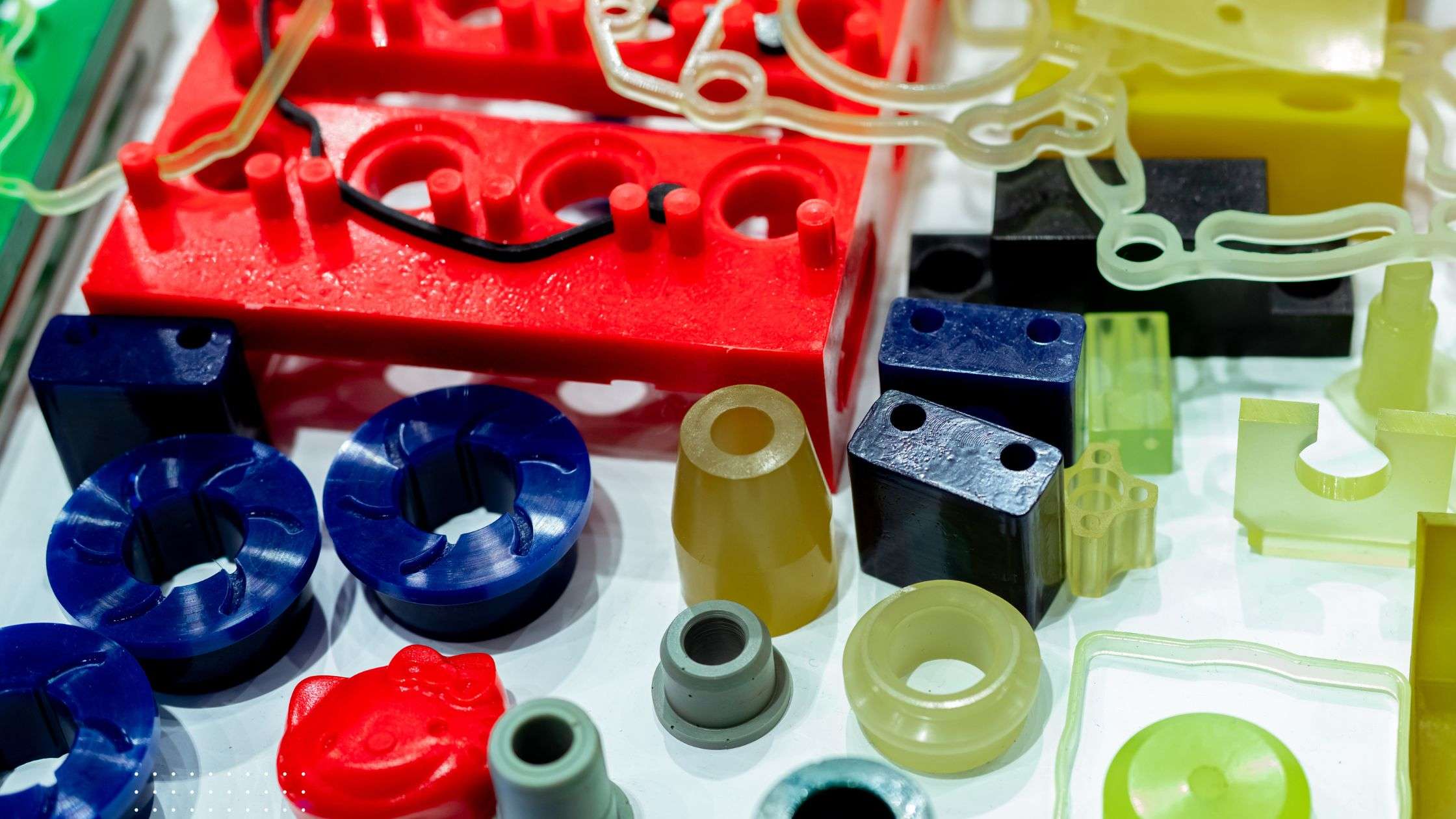
Feb 1,2023
An immense number of plastic products are produced every day in the world. From a bottle cap to an entire plastic tank, thousands of products are manufactured with the help of plastic injection methods in the plastic industry. It seems so simple because of the metallic molds that are used in this process. All you need to do is add polymers in the injection and fill the mold with high temperatures to get the shape you want. But the casting needs a precise mold for that. Without that mold, you can’t produce thousands of plastic products a day. This is what we are going to learn in this blog. How these metallic molds get accurate designs and shapes is what you need to know here.
With the help of CNC machines, you can make any metallic mold to operate the plastic injection process. How do these CNC machines produce such sharp and detailed molds for any kind of unique plastic product? That is only possible if you have highly efficient CNC machines. Even if you don’t have that, you can get metallic molds from a CNC plastic parts factory. You will be able to get durable metallic molds to process plastic injection production easily. Let’s see what makes these CNC machines perform this task with much efficiency.
Tolerance level is the main factor here, which makes the mold sharp. The tighter the tolerance level, the sharper the edges are. Normally, an average tolerance ranges between +/- 0.002 inches and +/- 0.005 inches for plastic molds. Each production type has a different level of tolerance. If you go for tighter tolerance for injection molding, it will be +/- 0.002 inches. Moreover, if you further go for the tightest tolerance, it reaches +/- 0.001 inches. This is the minimum tolerance level to design a complicated mold for the plastic injection process. As a result, you will have to choose the tolerance extreme to meet unique designs and shapes of molds. Due to detailing this is a very important part of this method.
However, there is a cost issue. Tighter tolerance causes a higher cost of production and also more time consumption. Resultantly, you will get the complex design of the mold, but its cost will be higher than a simple one. That is a crucial thing you need to keep in mind while using a CNC machine in mold manufacturing.
There are some simple ways to achieve a tolerance level for plastic injection molds. Since these molds need to be very smooth and precise in terms of design, they need a strict tolerance level. You can achieve that level by using these simple tricks with your CNC machines.
The spindle motor is a very important component in speed management. You can get a very high accuracy through it. Normally, the spindle motor’s speed ranges between 24000 RPM and 30,000 RPM. In addition, the spindle motor’s speed has different ranges according to the type of material and handling. For plastic molds, we can go for this range. Having a speed of around 24000 RPM will be ideal in this case. It will keep the precision level at an accurate mode. Make sure you don’t cross this speed range because the spindle motor has a limit, and different sizes of spindle motors are used for it. If you are going for less precision, you need an average motor for basic speeding.
When it comes to milling, drilling, and cutting in a CNC machine, carbide has to do this task. In this way, carbide has to be tough enough to meet all the requirements. Normally, each carbide type has a different grade in this process. Each Grade has different levels of endurance and performance. For plastic injection molds, we use C2-grade carbides. This C2 Grade helps to meet detailing with smooth results. You can use C2 or even C1 Grade for that purpose. Mostly. C2 Grade of carbide is used for it.
Another factor is the wall thickness level. In CNC machining, this factor has to be ensured for high accuracy of injection molding of plastic parts. The wall thickness is between 0.5 mm to 27 mm, usually for plastic parts molds. Plastic types like ABS, acrylic, polyethylene, polyester, etc., are used for this range of wall thickness. You can make molds with CNC machines by maintaining the wall thickness level as per your requirement. Some plastic types need wall thickness levels between 0.5 to 0.7 mm, some need 1 mm to 2 mm, and so on. You need to decide what kind of mold you need to manufacture and what kind of plastic-type will be injected into it. According to that, you will be able to produce the best standard of mold.
That’s all you can have here. If you can produce your own molds, you need a CNC machine for that. Otherwise, you can order molds from a bulk supplier.